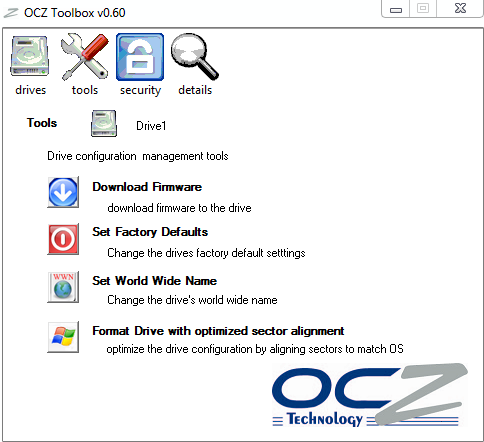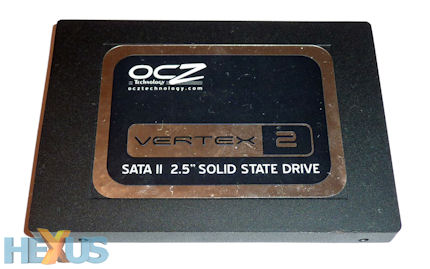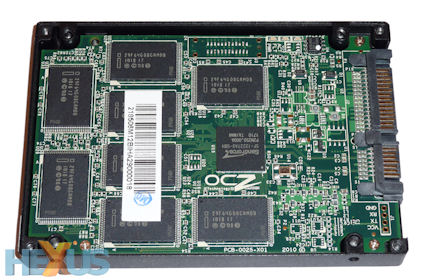Premium credentials at a mainstream price
The need for speedThere's been significant upheaval in the solid-state drive (SSD) ranks the in the last 18 months. Considered to be premium, aspirational products at the start of 2009, SSDs are now legitimate upgrade options for many readers, primarily due to prices dropping to an extent where a 64GB drive - large enough to hold an operating system and commonly used programs - is available for under £100.
The benefits of SSDs are clear and obvious: super-fast read and write speeds are backed up by near-instant accesses. Indeed, the jump from a mechanical hard drive to an SSD represents, we believe, the largest advancement in the computing experience. The creamy-smooth feeling of running an SSD as the boot drive in your system is well worth the outlay.
While we're staunch advocates of SSDs, not all drives are created equal. One simply cannot take a look at the capacity and price and make a well-informed decision. This is why manufacturers often have numerous SSDs in their range, often with overlapping capacities, and a close look at the specifications is needed to ascertain the quality and value proposition of a drive.
Take OCZ Technology as an example. The firm has a long history of championing SSDs and was one of the very first to offer a broad range of drives to the consumer. The current catalogue consists of seven different families of 2.5in SSDs, headlined by super-speedy Vertex 2 EX. The mainstream performance offering continues to be the Vertex 2, and we're taking a look at a 120GB model in this review.
Vertex 2E
Premium SSDs in the second half of 2010 tend to ship with the SandForce SF-1222 controller. OCZ was one of the first manufacturers to bring it to the table in the form of the Vertex 2. The drive is currently available in standard capacities ranging from 40GB to 480GB and extended capacities that top out at 600GB.
Priced at a tempting £190, this Vertex 2E(xtended) 120GB falls into the extended category, which means that OCZ programs the drive to use a greater proportion of the SSD's NAND chips - the memory inside the drive - and leaves little room spare for what is known as over-provisioning, that is, keeping OS-unallocated space aside as a kind of buffer, to keep the SSD running at peak speeds. Over-provisioning is more important in the enterprise space than for consumer drives, by the way.
Being a 2.5in SSD and much in the vein of all other comparable drives, the Vertex 2E is presented in an aluminium casing and is supplied with a 2.5in-to-3.5in adapter - useful for connecting up to regular hard-drive bays.
OCZ quotes maximum transfer speeds of 285MB/s reading, 275MB/s writing, and random write 4K - the hallmark, halo figure for fast SSDs - of 50,000 IOPS when aligned with Windows 7's default 4KB sector size. The non-technical translation of these numbers is that the Vertex 2 is fast. The peak speeds get close to saturating the SATA 3Gbps connection between the SSD and the host system.
Here's the SandForce SF-1222 controller that's surrounded by 128GB of Intel/Micron Multi-Level Cell NAND. The SF-1222 supports Windows 7's TRIM command, which means that performance is kept at near-new levels even after extended use.
Providing a little extra functionality, OCZ also provides a piece of software dubbed Toolbox. This simple program enables you to secure-erase the drive to factory-fresh specs, update firmware from a Windows GUI, and optimise the drive for the operating system.

Backed by a three-year warranty and currently costing £1.58 per GB for 120GB of nominal storage, the SandForce-powered OCZ Vertex 2E ticks many of the criterions for a premium SSD. Let's now see how it performs.












